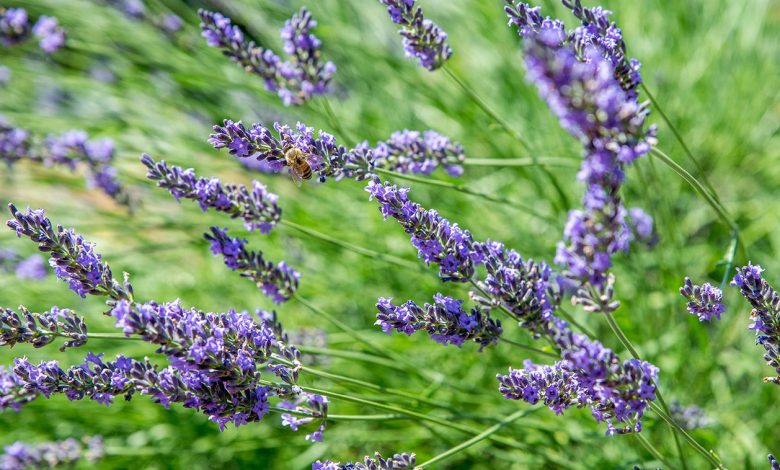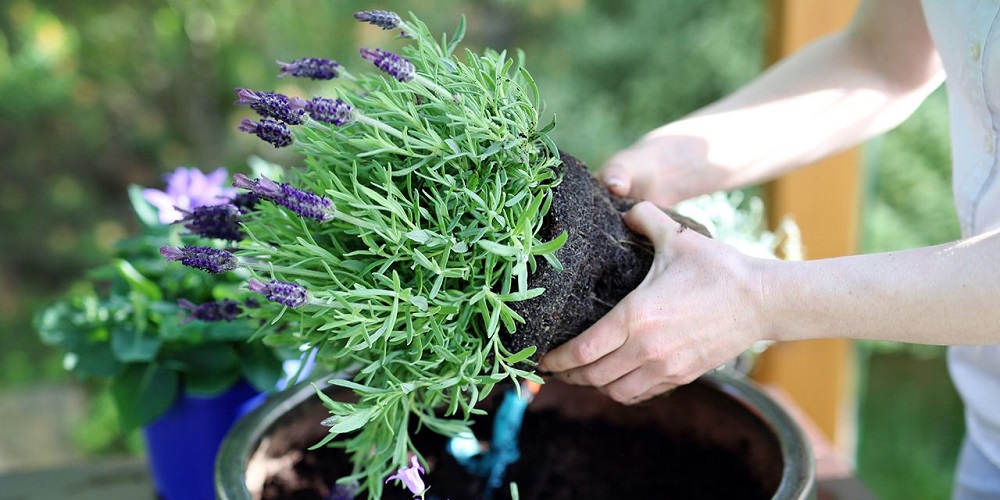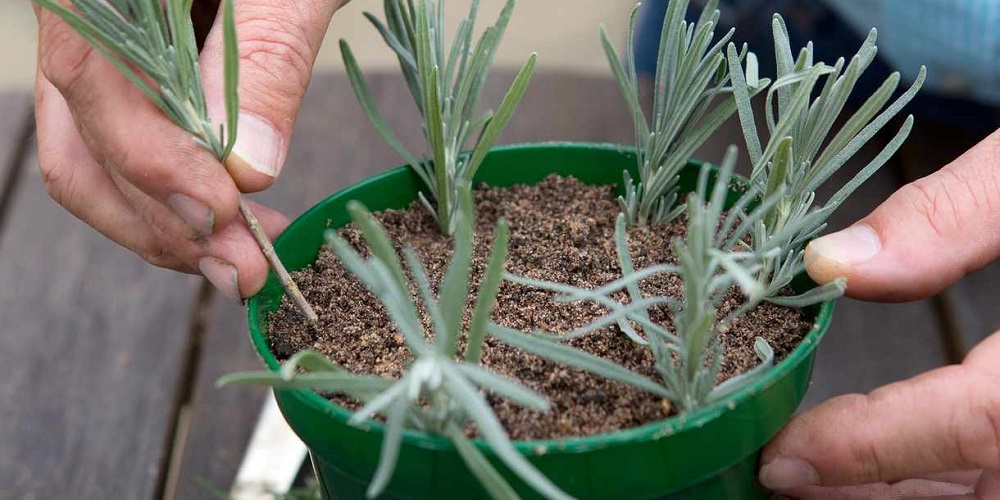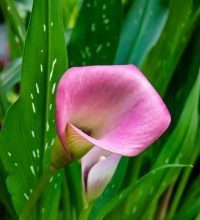How to grow lavender?

The lavender plant is a flower cultivated in many parts of the world and you can even have some in the garden or in pots, to give them different uses at home. Knowing its properties, as well as the simple steps to cultivate it, can be useful, in addition to becoming a hobby.
getting to know lavender
Lavender is a plant that grows bush-like and belongs to the genus Lamiaceae, that is, it has the ability to flower. Its flowers are cultivated in many parts of the world given its values in aesthetics and ornaments, as well as in the production of consumer products.
Some types of lavender are common, lavender, latifolia, dentata, viridis, hybrida and many more. They all have different shades of violet in their flowers, but they have different origins and appearances, as well as various uses and benefits, generally of a medicinal nature.
Common lavender or Lavandula officinalis could easily be the most popular, so go to the trouble of growing it at home. The applications of the lavender flower are varied, in addition to offering a very pleasant natural aroma.
lavender applications
The flower serves as a condiment, since it can be used in cooking recipes and having dried lavender will help you make bouquets, with which you can enjoy its aroma at home.
Lavender oil, on the other hand, has effective and natural properties that can help with insomnia, burns, insect bites, among others. Another of the properties of lavender is focused on the attention to massages and headaches, when diluted in water.
It also exists in the form of lavender essential oil, which can be applied in humidifiers, to apply aromatherapy sessions or simply enjoy the rich aroma at home.

Growing lavender at home
Lavender cultivation is an activity that you can easily do at home, as long as you have the right tools, such as a shovel (here you will find some options to choose from) or also a large pot, to guarantee a good development.
Since the lavender plant can be grown both in the garden and in a pot, you can choose the option that suits you.
If you want to know how to plant lavender, we advise you to consider the following tips, to increase the chances of success with your lavender flower:
1. Choose where to plant lavender
Lavender is a plant that, in order to develop healthy and strong, needs to have adequate drainage that allows excess water to be evacuated.
If you are going to use a pot, you should choose a model that has a diameter of approximately 40 centimeters and that has holes, both for the ventilation of the substrate, and for the outflow of water, after the irrigation sessions.
If you prefer to plant it in the garden, you have to consider that the lavender plant needs approximately 7 hours of sunlight per day, which is why there should be no nearby trees that limit sunlight.
2. The substrate
Whether you want to plant lavender directly in the ground in your garden or plan to plant lavender in a pot, alkaline soil is an often-necessary item that must be chosen carefully to ensure healthy growth.
Before planting lavender, we advise you to check the pH level of the soil; if it is at a level between 5.5 to 8, you can plant without substrate. However, an ideal level is 7 and this could be achieved by adding the appropriate alkaline substrate or even using lime. After reaching the appropriate level, you will be able to prepare the ground with a shovel, for the planting of the seeds.
3. Sowing the seeds
It is advisable to sow lavender seeds in the autumn season, to take advantage of the temperate climate. Start by preparing the ground with the substrate and make the holes in the ground, to place the seeds inside and then cover them again. You can also choose to directly sow the stems of the plant, taking care that they measure at least 10 centimeters.

4. Irrigation constancy
In order not to abuse watering, it is necessary to consider where the flower is planted. Since it does not need too much water, it can even withstand times of drought.
Regarding how often to water wild lavender outdoor plants, at first, you can do it at a medium level, to hydrate the substrate well with the seeds or stems and after a few days reduce the amount of water. When they begin to flower, it is advisable to increase the irrigation to a moderate level.
5. Stimulation pruning
Another activity that should not be neglected when caring for lavender is pruning, since it stimulates the growth of stronger branches and flowers.
Pruning lavender should be an activity that must be differentiated properly, that is, it cannot be confused with harvesting, since pruning only focuses on removing some branches, so that the plant has greater vigor and blooms more abundantly.
6. Proper Harvest
To know when lavender blooms, you could be guided by a calendar, since, although it can grow all year round, it is more abundant in late spring and early summer.
Lavender flowers are usually harvested mainly on sunny days, in the morning, to prevent the plant from being affected.
7. Flower conservation
The care of lavender after being harvested is crucial, to guarantee its conservation, until it is going to be processed.
One of the methods to preserve it is drying it in the oven, putting them for 2 hours at 75 ° C, and then storing them in cloth bags. Another option is to store the flowers in bags of previously moistened absorbent paper, which we then chill in the fridge until they harden.
If you want to take advantage of the aroma, you must obtain drying by hanging them upside down in a dry and ventilated room, until they release all the moisture.



![Photo of Subsistence Agriculture: [Concept, Functioning, Advantages and Disadvantages]](https://www.complete-gardening.com/wp-content/uploads/2021/06/agricultura_tractor_1562240641-390x220.jpg)
